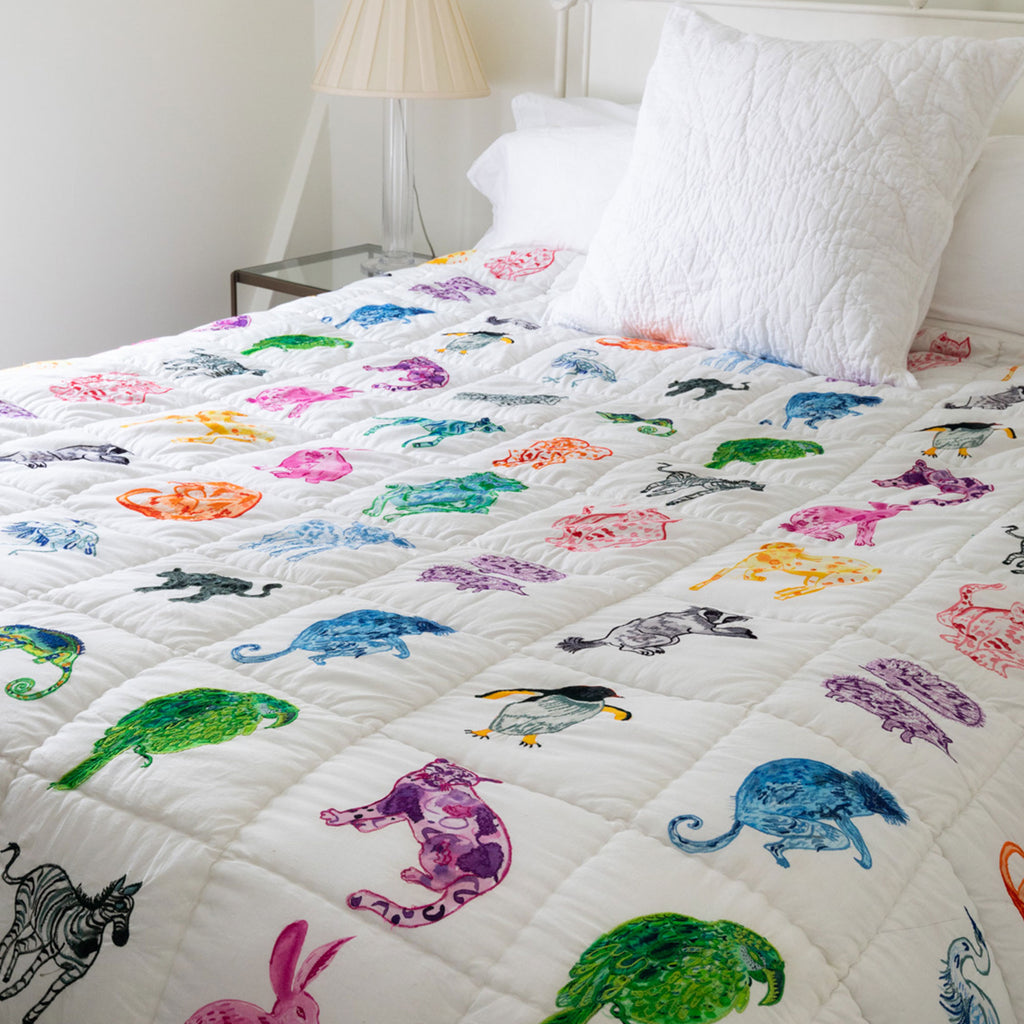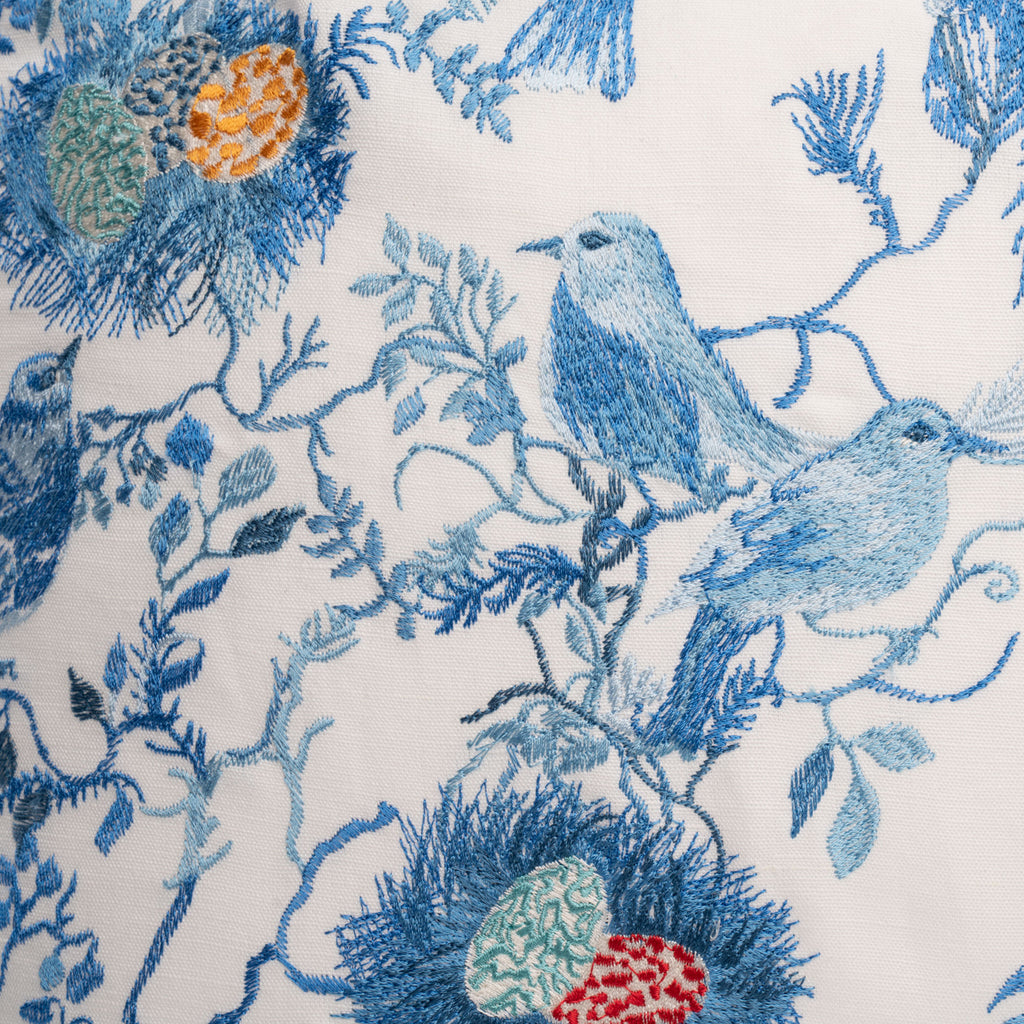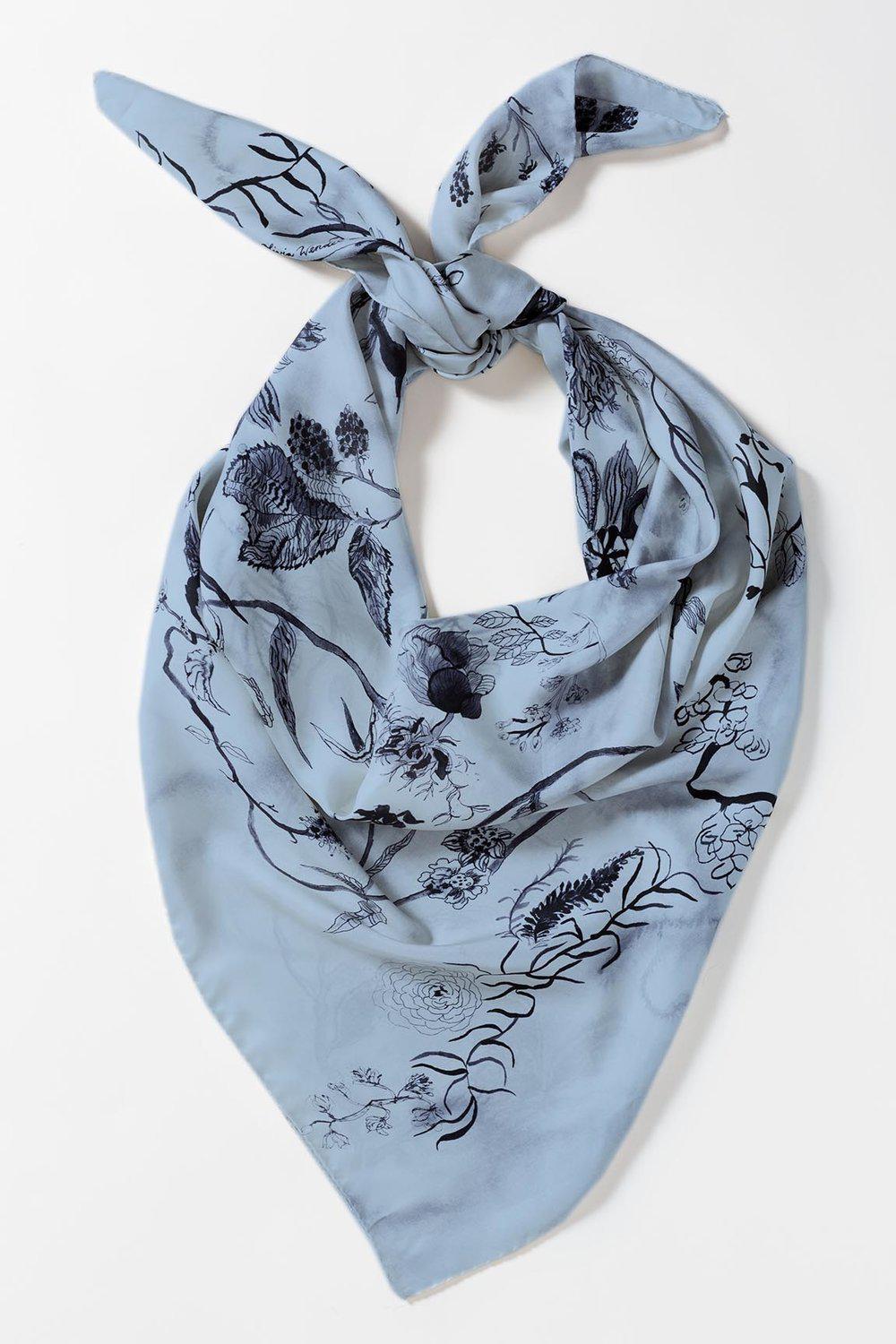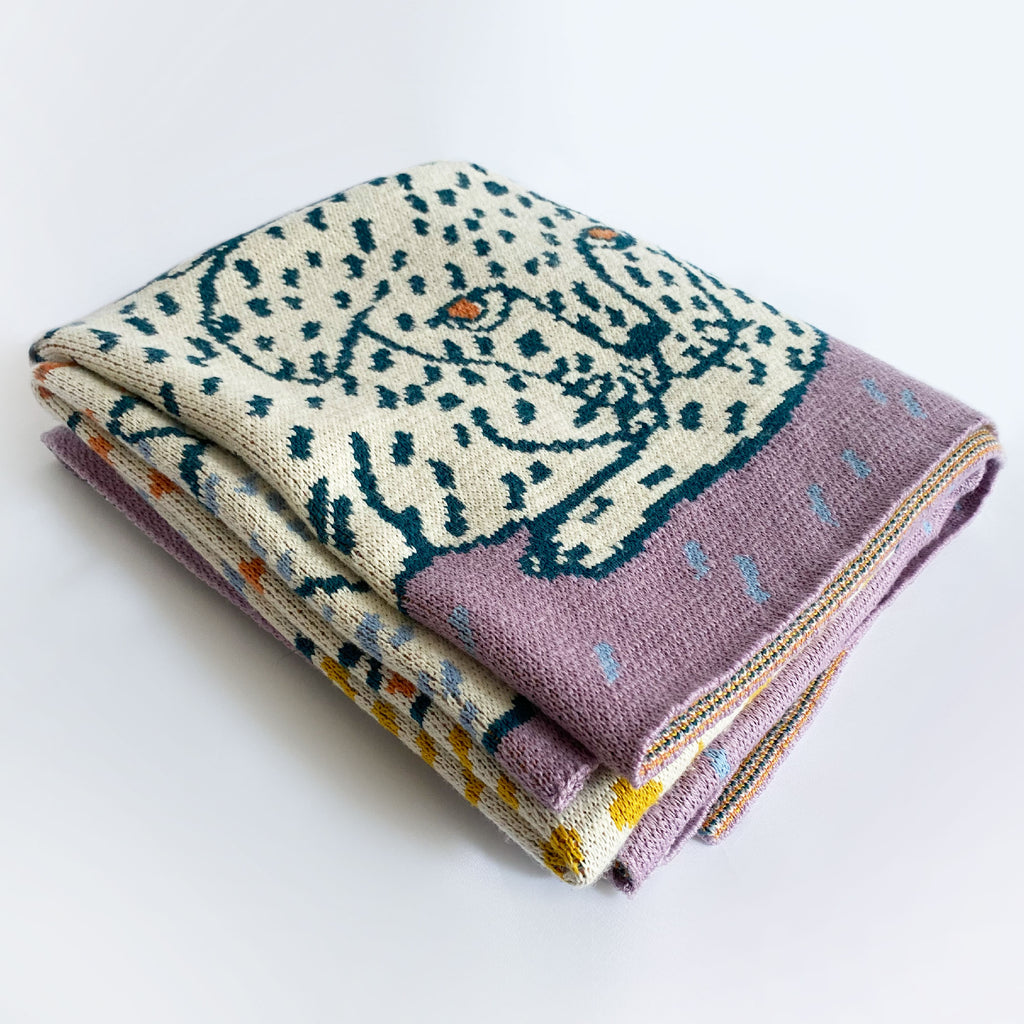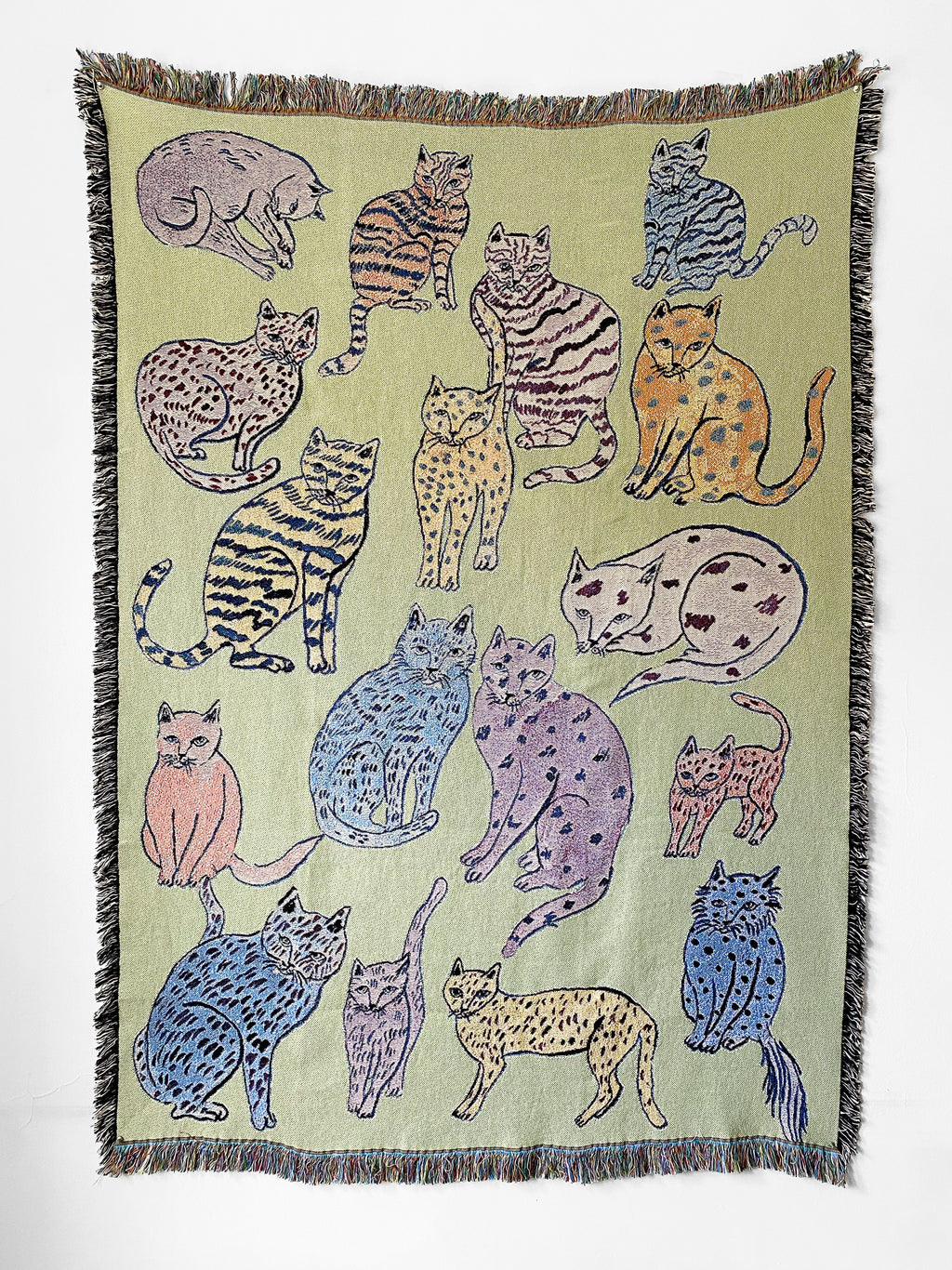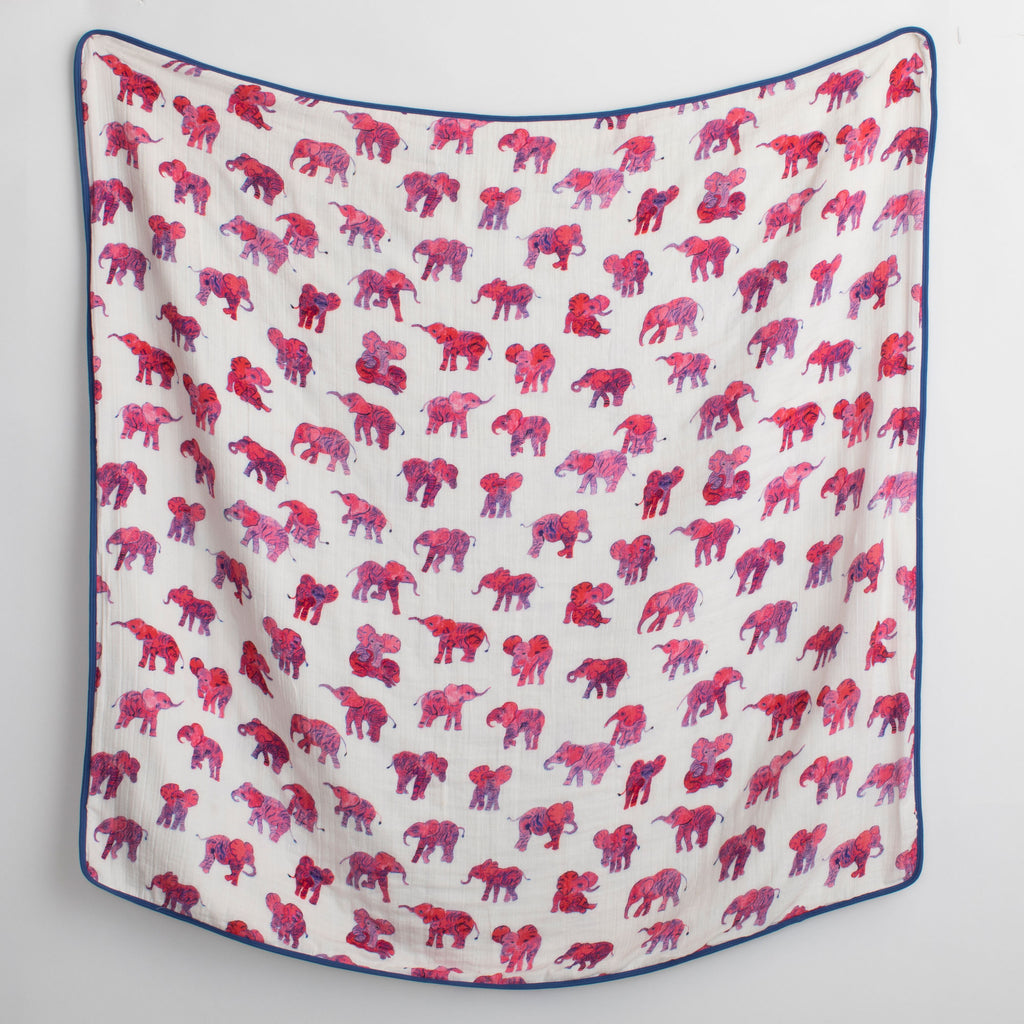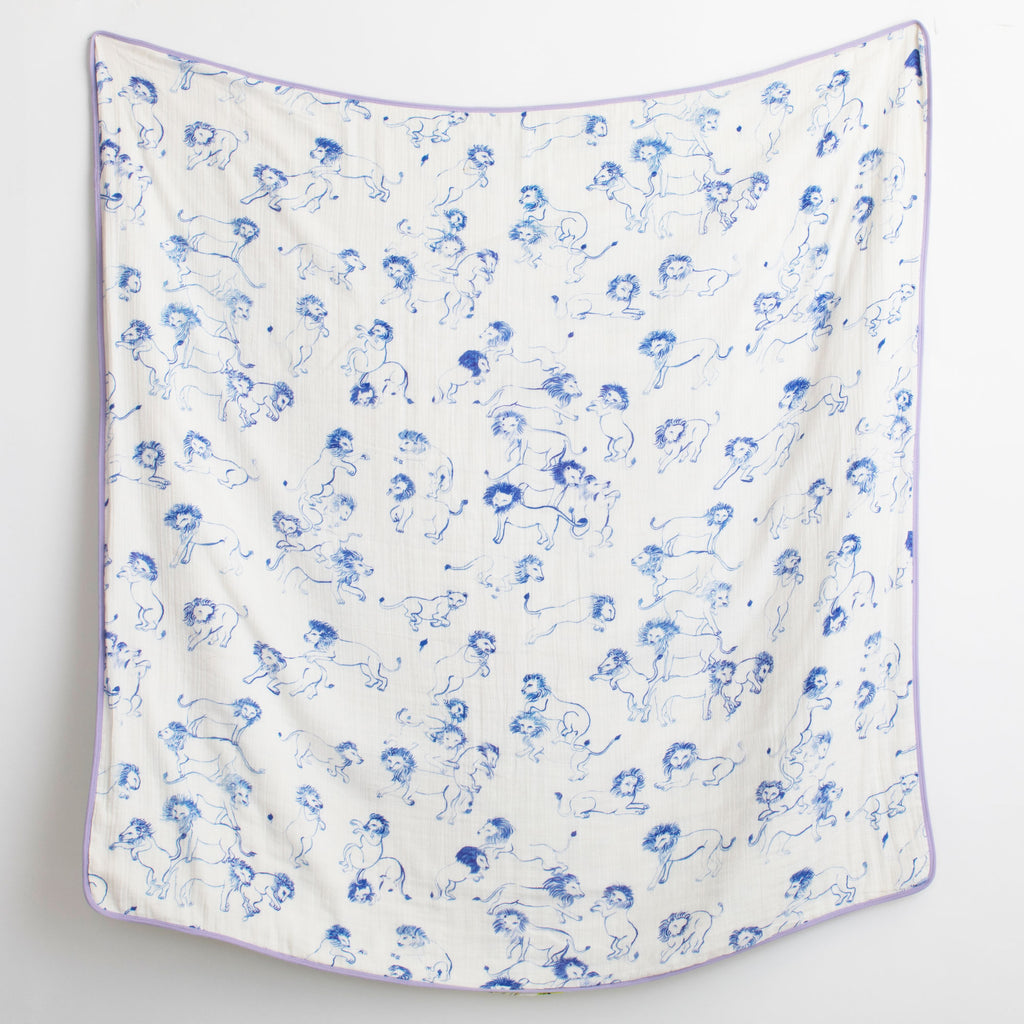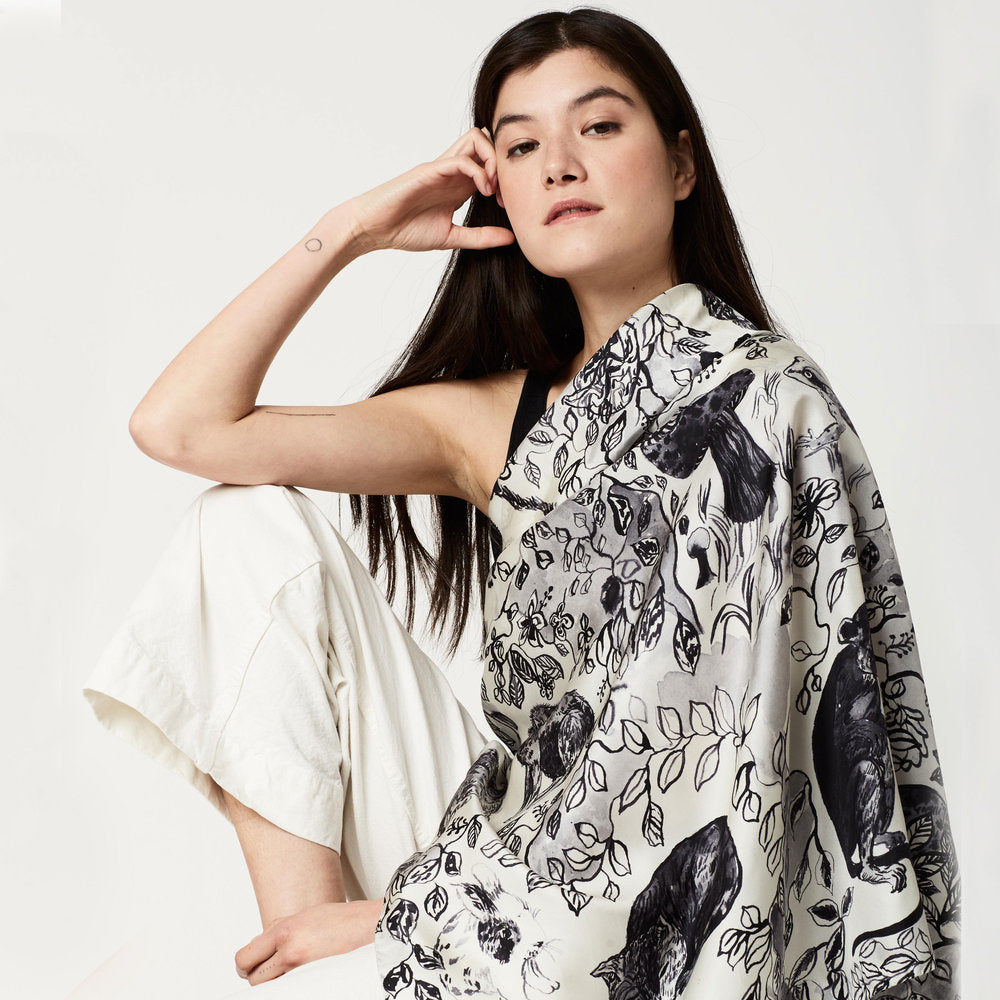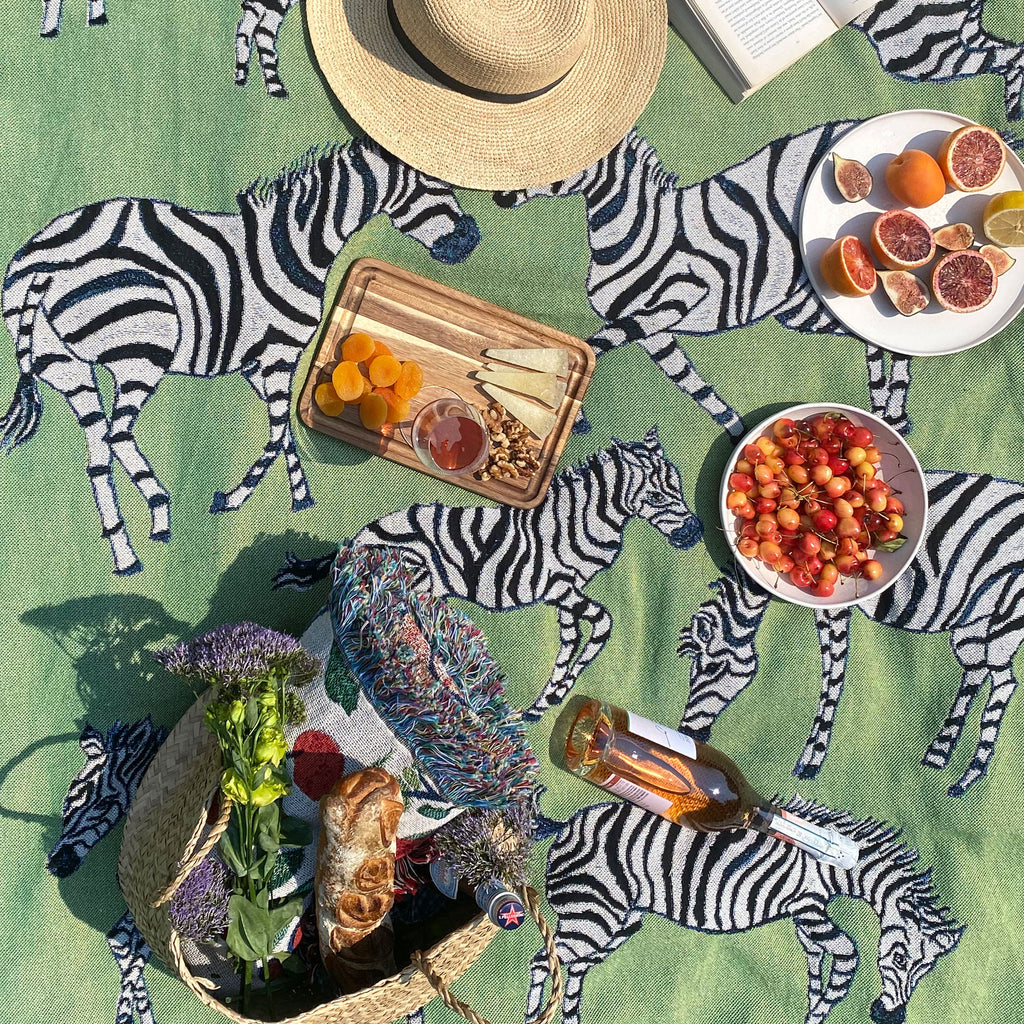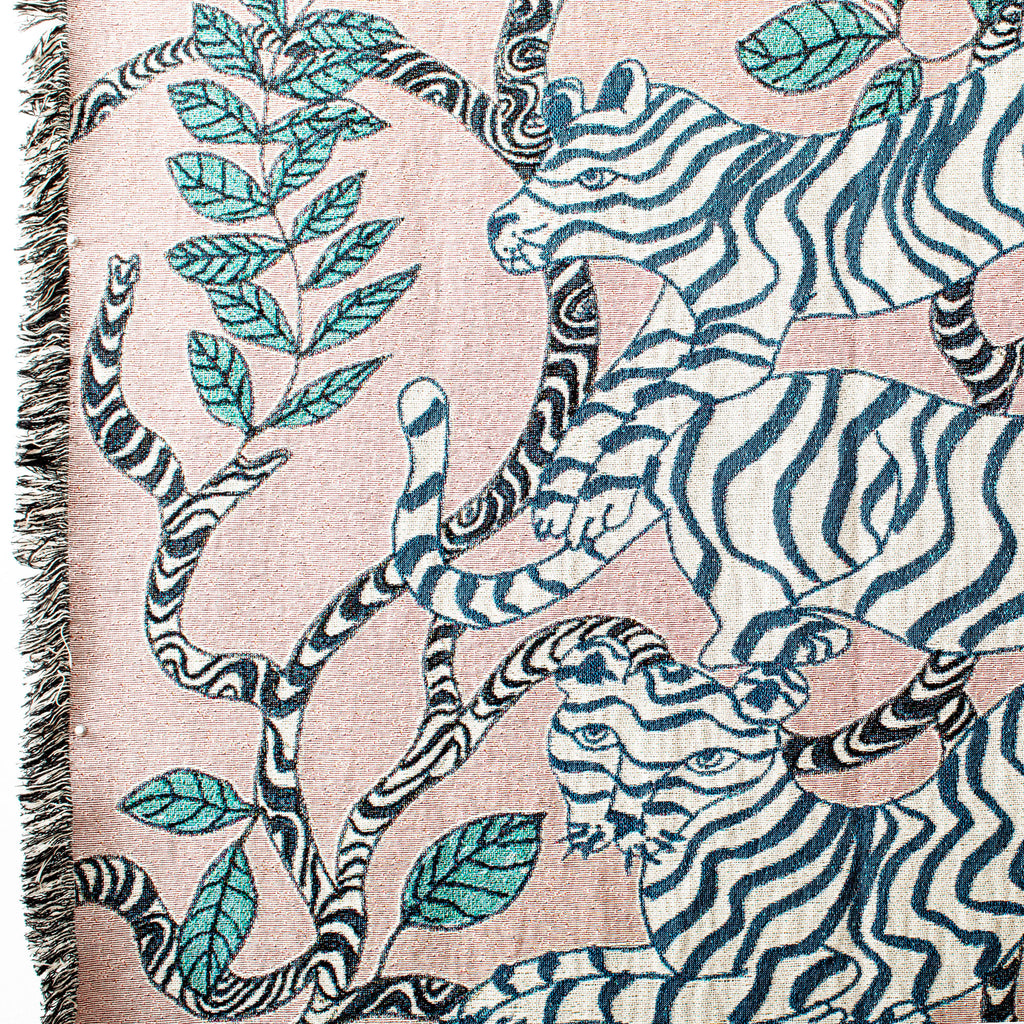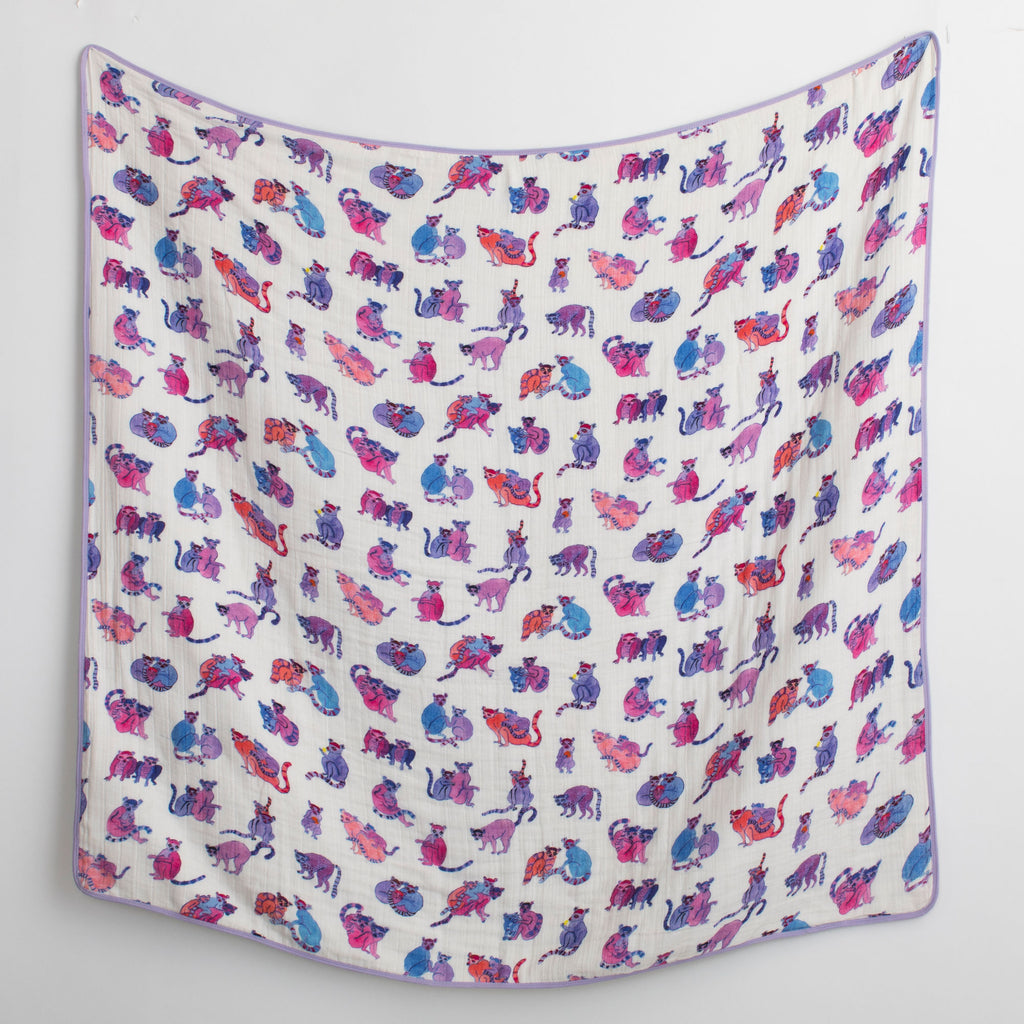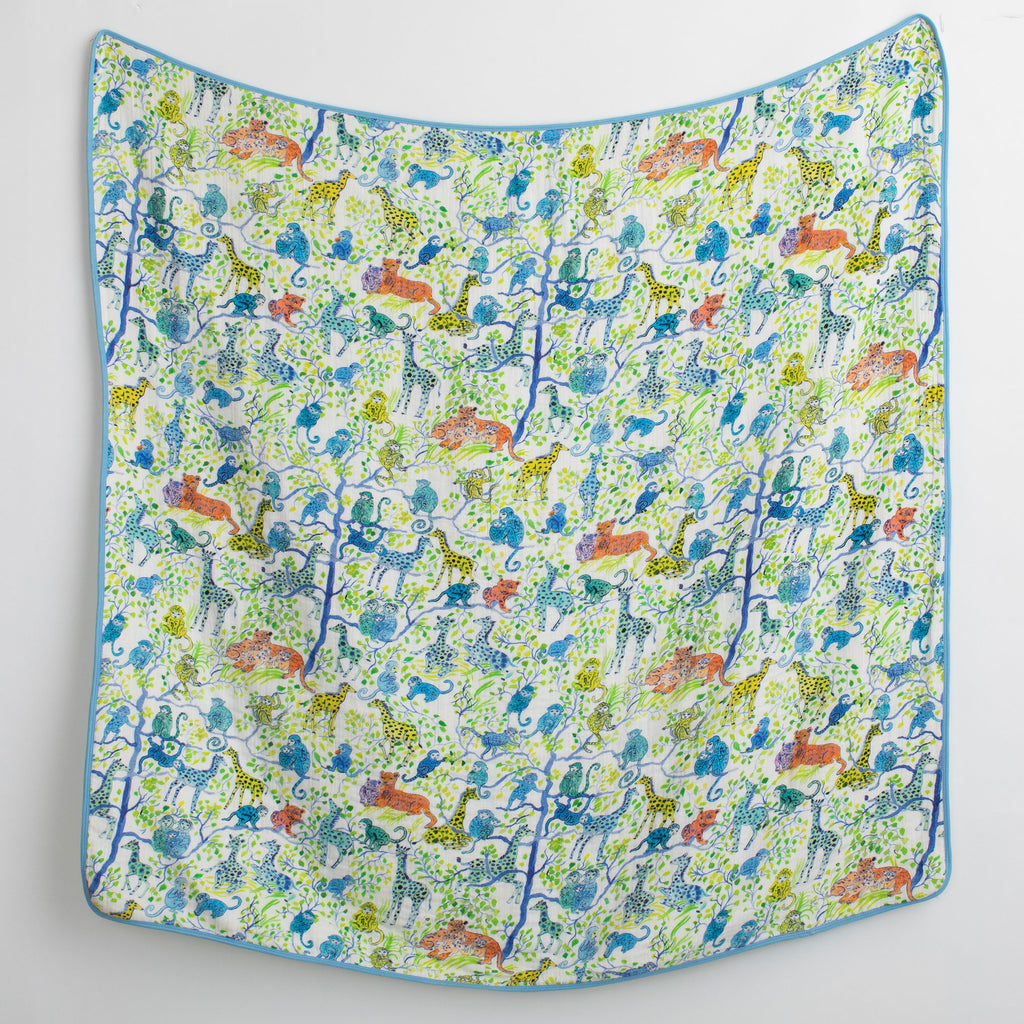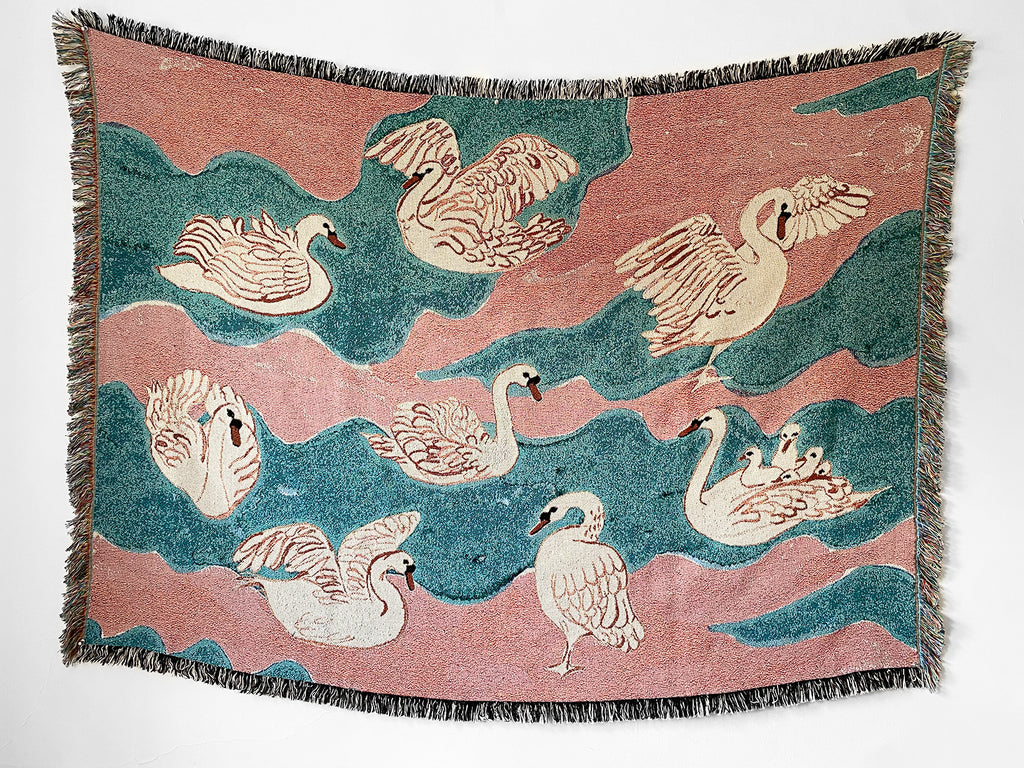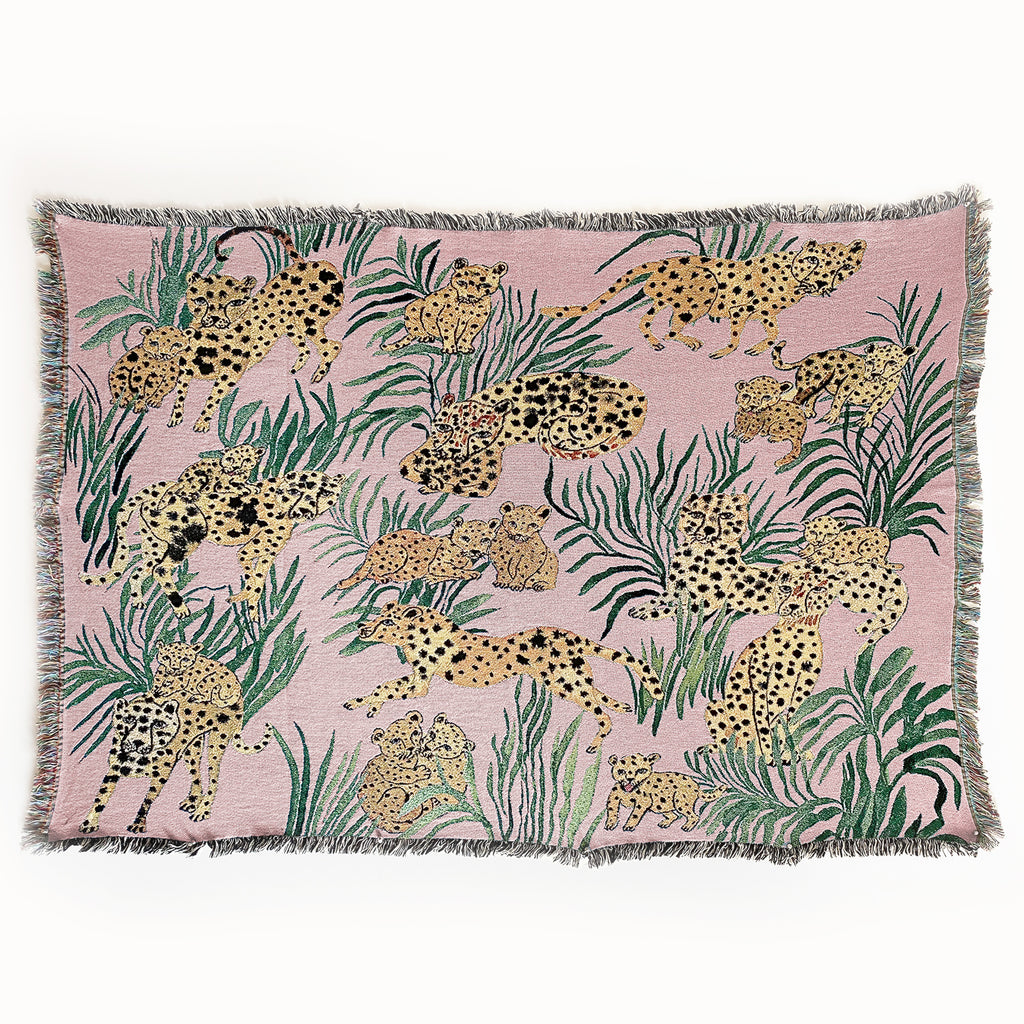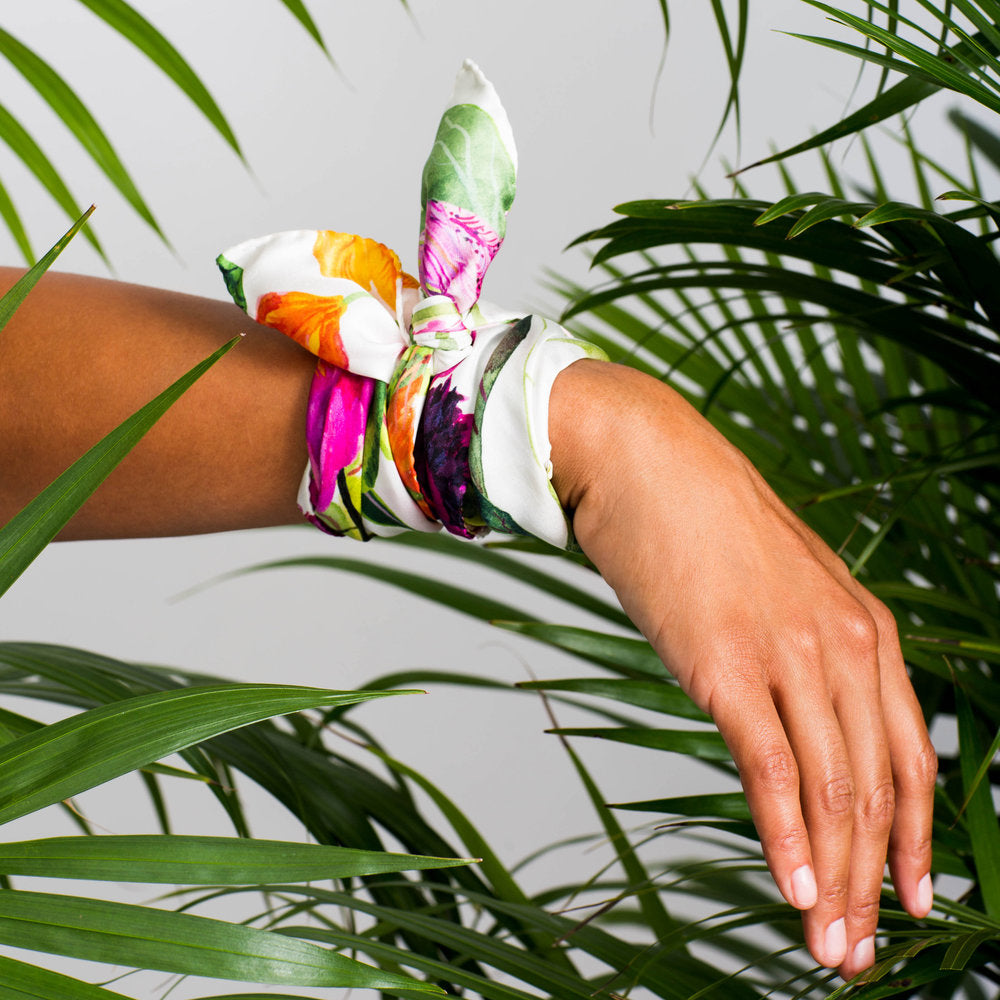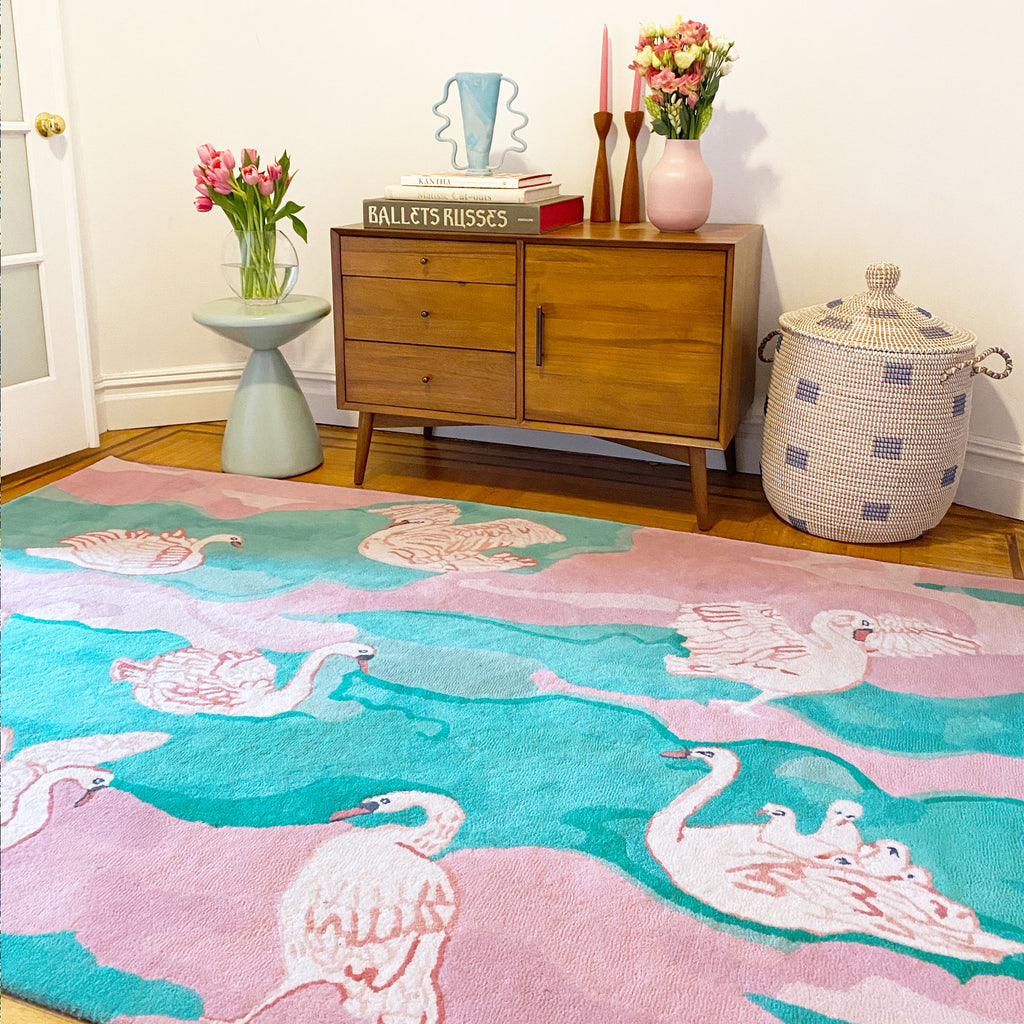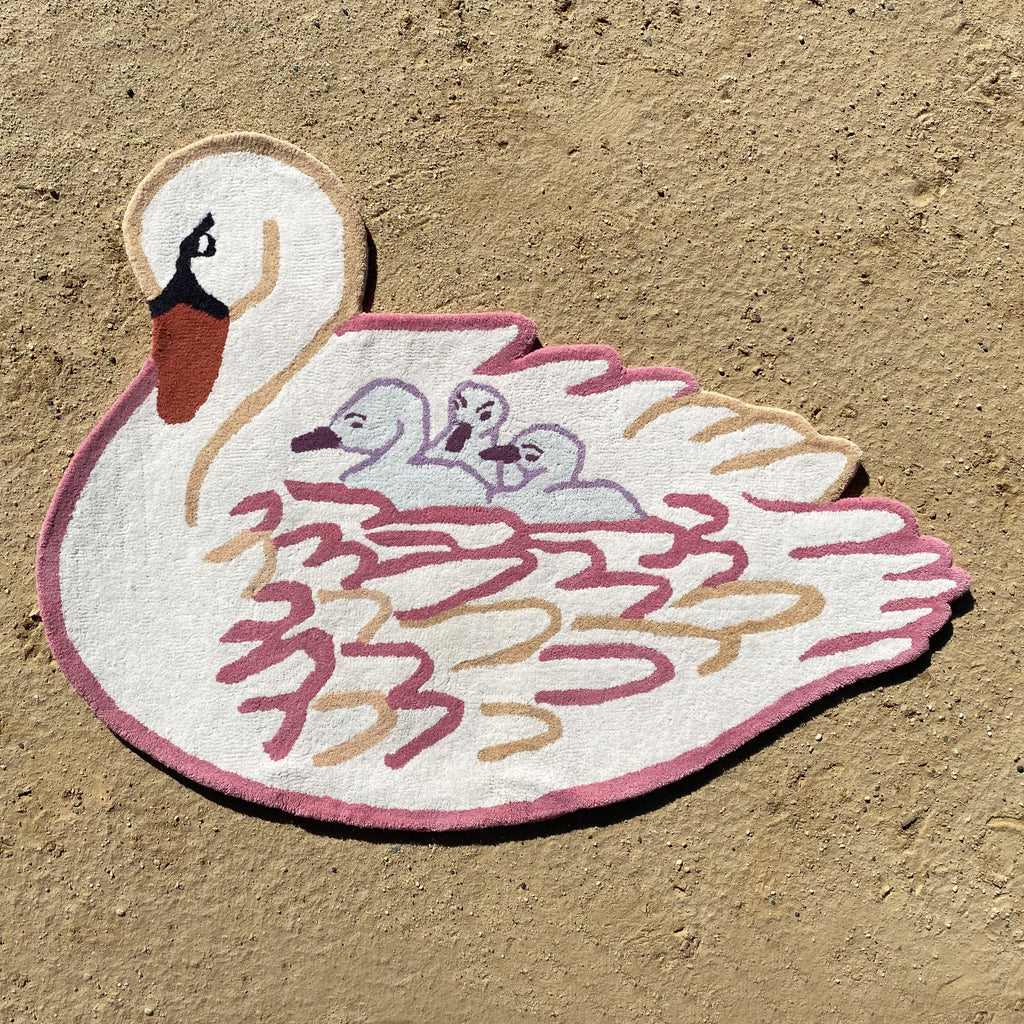Looking for the best way on how to arrange plants in living room? This article will show you how to select the ideal plants, group them for maximum visual effect, and position them perfectly for light and space. Get ready to turn your living room into a thriving indoor garden.
Choose the Right Plants for Your Living Room
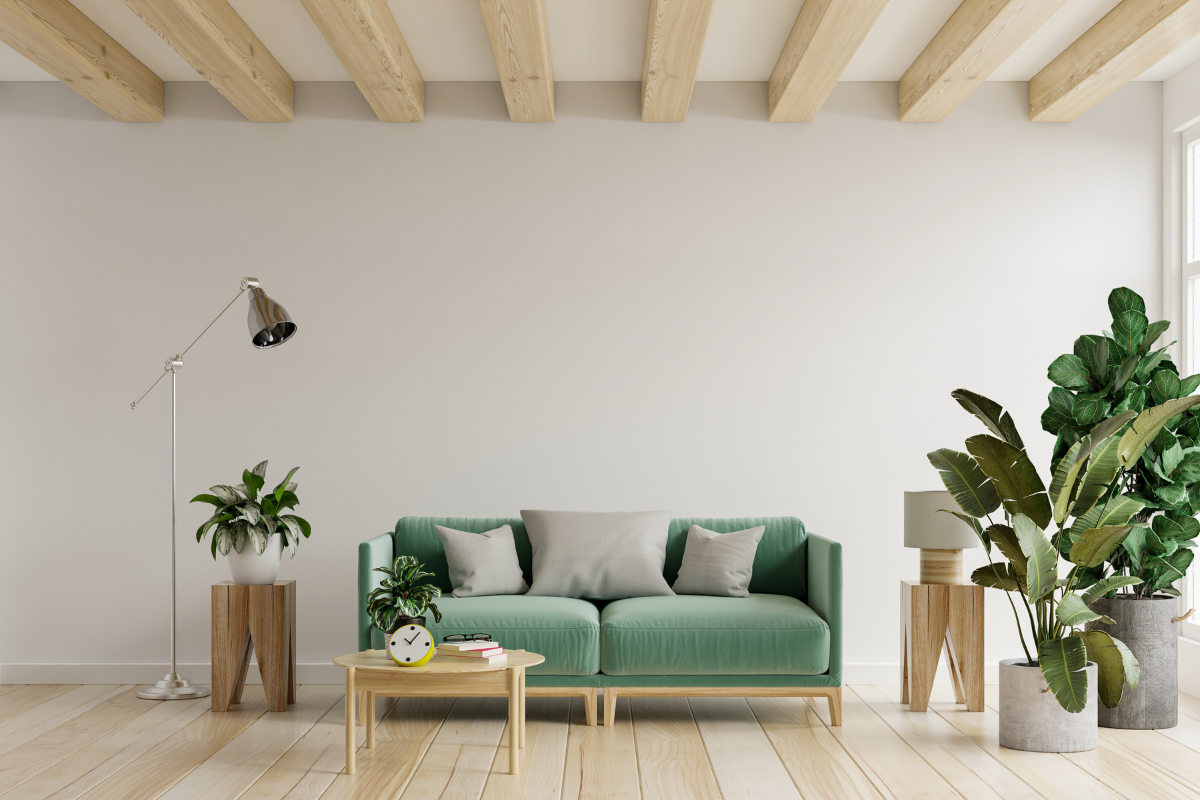
A thriving indoor garden starts with selecting the right plants. Knowing the specific needs of each plant is key to maintaining their health and vibrancy. For example, you should have a good grasp of the light conditions in your living room.
North-facing windows provide low to moderate indirect light, perfect for low-light tolerant plants like snake plants and pothos. South-facing windows, on the other hand, offer bright indirect light to full sun, making them ideal for sun-loving plants such as succulents and cacti.
The size of your space also plays an important role. Large plants like the Fiddle Leaf Fig or Monstera deliciosa can make a bold statement in a spacious living room with plenty of light. In contrast, small plants, including smaller plants or trailing varieties like pothos and spider plants, are perfect for more compact areas.
For those who prefer low-maintenance options, plants like the snake plant, spider plant, and pothos are excellent choices. These resilient plants are easy to care for and can tolerate a bit of neglect, making them perfect for busy households. A careful selection of plants that suit your living room’s conditions and your lifestyle will guarantee a lush, thriving indoor garden.
Grouping Plants for Visual Interest

After choosing your plants, the following step is to arrange plants in an appealing way. A well thought out grouping of plants can convert your living room into an aesthetically pleasing sanctuary. The key is to group plants with similar growth conditions and space requirements to ensure they thrive together.
The rule of three is a fantastic principle to follow when arranging plants. Grouping an odd number of plants with contrasting textures, heights, and colors can create a dynamic and balanced display. For instance, combining a tall fiddle leaf fig, a medium-sized bushy plant, and a small trailing plant can add depth and layers to your arrangement.
Mixing all the plants with different leaf shapes, sizes, and colors further enhances visual interest. Imagine the striking combination of the large, broad leaves of a Monstera with the delicate, feathery foliage of a fern and the trailing vines of a pothos. This diversity not only creates a captivating display but also highlights the unique beauty of each plant.
Utilize Plant Stands and Shelves
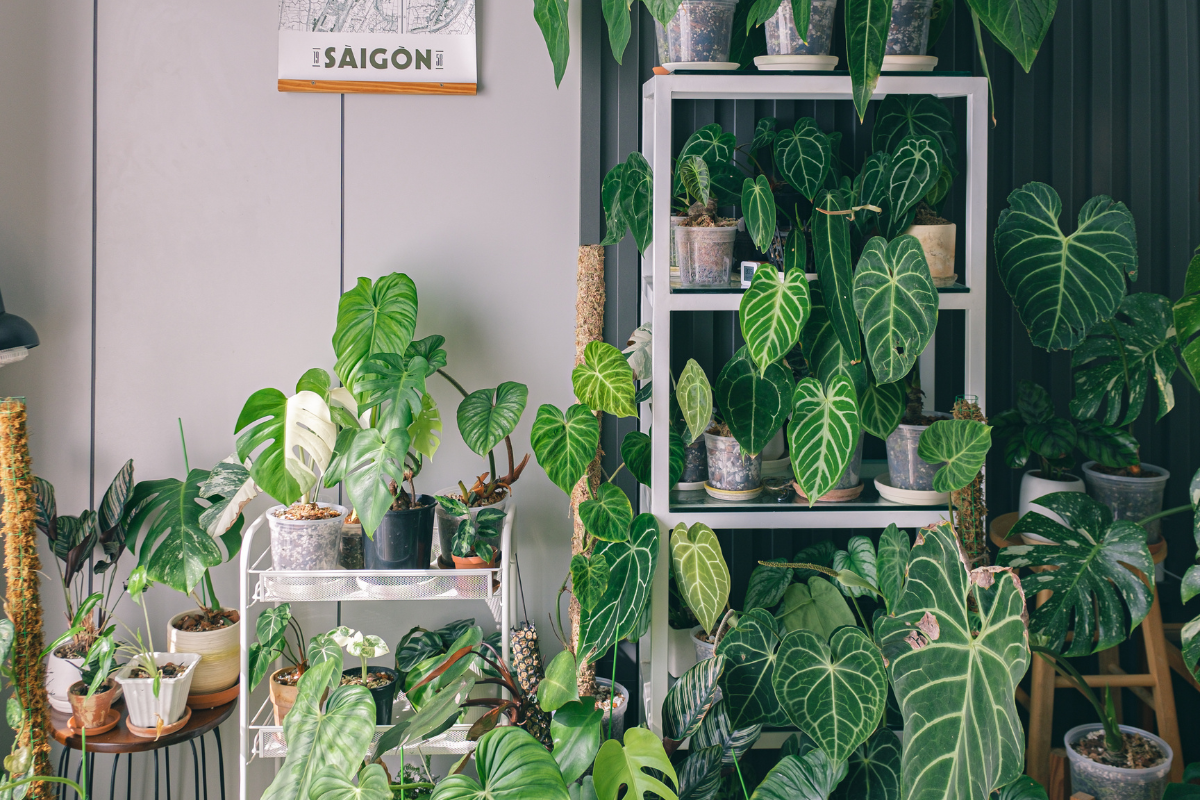
Introducing height variation with plant stands and shelves can take your plant game up a notch. Using plant stands and shelves is an excellent way to create focal points and add dimension to your living room. Tall plants should be placed on the floor or in low areas, while smaller plants or trailing varieties can be elevated on stands or shelves to create a balanced look with taller plants.
Tiered plant stands or benches are perfect for displaying a variety of plants at different heights, creating a dynamic and engaging display. You can also repurpose items like an old step stool or a discarded chair as unique plant stand alternatives, adding a rustic charm to your decor.
For rooms with limited natural light, consider plant stands with built-in grow lights. These stands can provide the necessary light spectrum for your plants to thrive, even in darker corners of your living room. Strategic placement of plants on stands and shelves will help you maximize your vertical space and create a lush, green environment.
Incorporate Hanging Plants
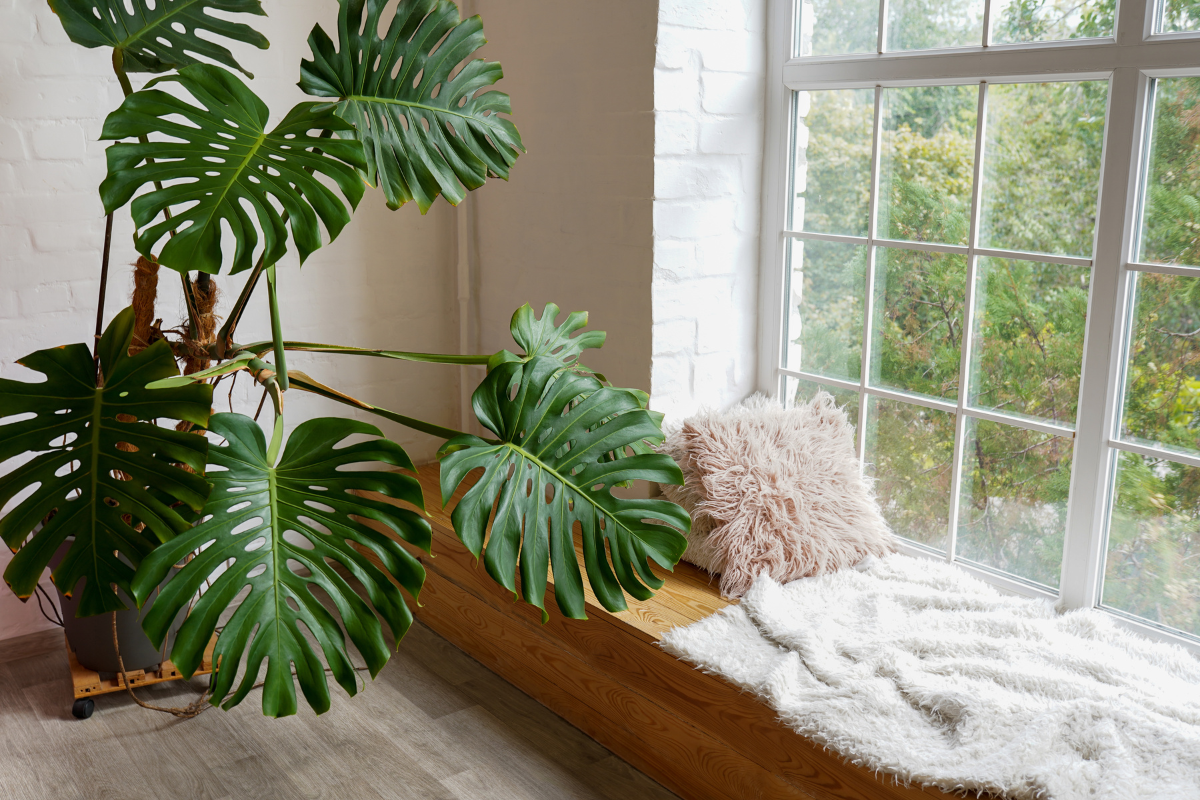
Hanging plants offer a great opportunity to make use of vertical space and introduce greenery without cluttering your floor or furniture. Hanging planters and wall-mounted pots provide additional spots for greenery and can create a floating garden effect. Trailing plants like Cascading Pothos or vining varieties like Hoyas are particularly well-suited for hanging baskets, where they can cascade down and create a lush, jungle-like feel.
Incorporating hanging plants not only adds visual interest but also keeps plants out of reach of pets and small children. You can get creative with placement by hanging plants from ceilings, curtain rods, or even exposed beams and piping, making your living room look bigger and more vibrant.
Mix Leaf Shapes and Colors
A captivating plant arrangement often involves a mix of different leaf shapes, colors, and textures. Houseplants come in a wide array of colors, patterns, shapes, and sizes, and incorporating this variety can make your living room decor truly stand out. For example, combining plants with foliage in colors like green, purple, and chartreuse can create striking contrasts and add visual interest.
Variegated plants, such as the Marble Queen Pothos, can add a pop of color and break the monotony of green foliage. Mixing different textures, like the smooth leaves of a ZZ Plant with the feathery fronds of a fern, can also enhance the overall aesthetic of your plant arrangement. A thoughtful selection of plants with diverse leaf shapes and colors will result in a dynamic and visually appealing indoor garden.
Consider Plant Placement and Light Needs
The health and growth of your plants largely depend on their placement. Light is the primary energy source for plants, and considering the light situation in your living room is essential to avoid plant issues. Not all plants have the same light requirements, so it’s important to match plants with the right light conditions.
For bright, sunny spots, succulents, indoor palms, and Monsteras are excellent choices. Plants like Peace Lilies, Anthuriums, and Orchids thrive in low-light conditions and can add beauty to dimmer corners of your living room. Fiddle-Leaf Figs, with their large leaves, should be placed near windows to receive adequate light, though they may drop leaves initially as they acclimate to their new environment.
If your living room lacks sufficient natural light, consider using artificial light options like LED grow lights, which are energy-efficient and provide various light spectrums. These can be incorporated into table lamps or ceiling fixtures to ensure your plants get enough light even in darker areas. Considering light needs and placement with care will help you cultivate a thriving indoor garden that enhances your living space.
Create Focal Points with Large Plants
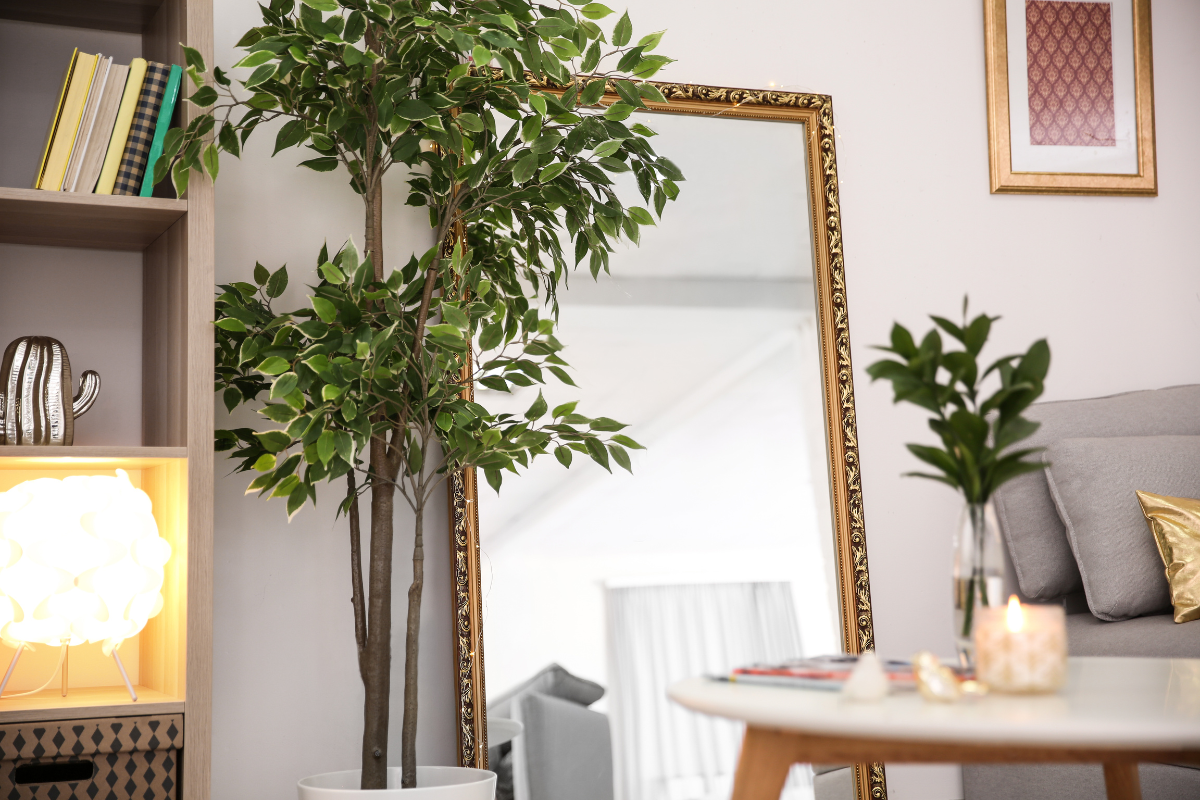
Large indoor plants can draw attention and add a sense of grandeur, serving as striking focal points in your living room. Plants like the fiddle leaf fig and the areca palm are top picks for creating impactful focal points. These tall plants can effectively fill floor space and create a dramatic visual statement in empty corners or between furniture pieces.
Strategically placing large plants can enhance the overall aesthetic of your living room. For instance, placing a tall plant in a corner and balancing it with smaller plants or decor items on the opposite side can create a harmonious and balanced look. Using large plants as focal points can add dimension to your living room, making it more dynamic and inviting.
Decorate with Colorful Pots
The pots you choose for your plants can significantly impact the overall look of your living room. Adding colorful pots and planters that complement your home decor can contribute to a harmonious and intentional space. Consider the primary colors of your room and play with lighter or darker shades when selecting pots.
Consistency in pot style can enhance visual appeal and create a unified look. For example, wicker pots can add a rustic charm, while dark matte or glossy pots can provide a modern touch. Matching pot styles with the design of your room can help create a harmonious and aesthetically pleasing environment.
Choosing pots and planters with care can provide an extra touch of style to your living room decor.
Care Tips for Indoor Plants
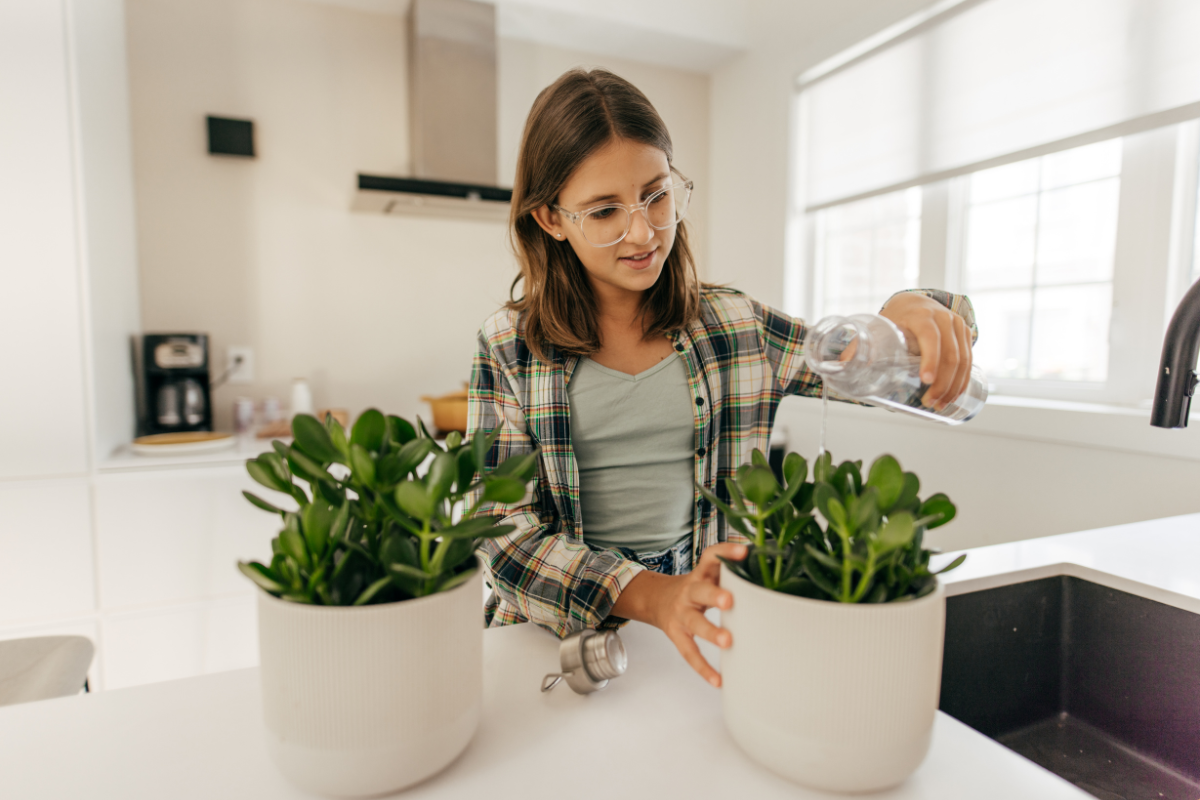
The care of indoor plants requires a good understanding of their specific needs and the provision of suitable conditions for their growth. Watering is a critical aspect of plant care; most plants should be watered only when the soil is completely dry, and it’s essential to allow excess water to drain out from the pot’s holes to prevent root rot. Different plants have varying watering needs based on their growth conditions and seasonal changes.
To maintain the health and vibrancy of your indoor plants, follow these care tips:
-
Fertilize your plants in spring and summer to support their growth spurts, but be careful not to overfertilize, as it can harm the roots and stunt growth.
-
Regularly prune your plants to maintain a manageable size and encourage new growth.
-
Watch for pests and diseases like powdery mildew and root rot, and take appropriate measures to prevent and treat them.
By following these tips, you can ensure that your indoor plants thrive.
Benefits of Having Plants in Living Room
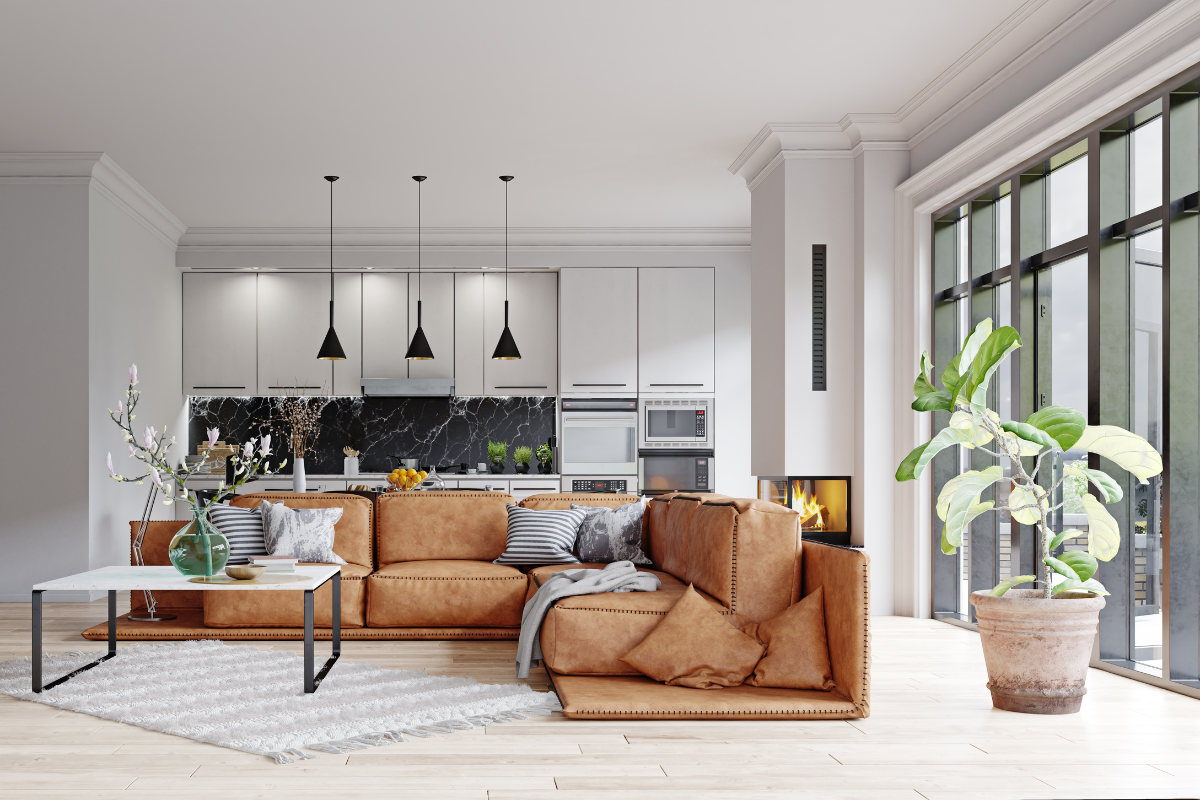
Plants in your living room provide numerous benefits, extending beyond aesthetics. Indoor plants, including air plants, can significantly improve air quality by reducing airborne volatile organic compounds (VOCs) and increasing oxygen levels. They can also help lower stress levels, making you feel more comfortable and soothed in your living space.
Moreover, plants can enhance mental health by boosting attention and concentration. Horticultural therapy with indoor plants has been shown to increase feelings of well-being and reduce symptoms of depression and anxiety. Incorporating plants into your living room can contribute to a healthier and more relaxing environment, benefiting your physical and mental well-being.
Common Mistakes to Avoid
Although rewarding, caring for indoor plants can sometimes lead to mistakes that are detrimental to your plants. One common mistake is improper drainage, which can lead to root rot. Using pots with drainage holes and ensuring excess water can escape is essential to prevent this issue. Placing plants on top of air conditioners or heaters can also damage them due to extreme temperatures.
Inconsistent care, such as irregular watering and neglecting to fertilize, can stunt plant growth and health. It’s important to research and understand the specific needs of each plant before purchasing to ensure it suits your environment. Avoiding these common mistakes can help keep your indoor plants thriving and beautiful.
Best Plants for Living Rooms
The selection of the best plants for your living room should take into account their appearance, growth habits, and how well they suit your space. Low-maintenance plants like the ZZ Plant and Cast Iron Plant are excellent choices for those who want easy-to-care-for greenery. These plants can thrive in low-light conditions and require minimal attention, making them ideal for busy households.
Visually appealing plants like the Monstera Deliciosa and Fiddle Leaf Fig can make a bold statement in your living room. These plants thrive in bright, indirect light and can grow quite large, adding a dramatic touch to your decor. Unique plants like the Chinese Money Plant and Triostar Stromanthe can add character and a splash of color to your living space.
For those who love trailing plants, the Marble Queen Pothos and Satin Pothos are perfect choices. These plants can be placed on shelves or in hanging baskets, where their vines can create a lush, cascading effect. Choosing the best plants for your living room allows you to cultivate a beautiful and thriving indoor garden that complements your home decor.
Summary
Creating a living room filled with lush, thriving plants is both an art and a science. By choosing the right plants based on their light and space needs, grouping them for visual interest, utilizing stands and shelves, incorporating hanging plants, and mixing leaf shapes and colors, you can transform your living room into a vibrant indoor garden.
Remember to consider plant placement and light needs, use large plants as focal points, decorate with colorful pots, and follow proper care tips to keep your plants healthy and beautiful. The benefits of having plants in your living room are numerous, from improving air quality to enhancing your mental well-being.
Avoid common mistakes and choose the best plants for your space to create a stunning and serene living room. Embrace the joy of indoor gardening and let your green friends bring natural elegance into your home.
Frequently Asked Questions
What are the best low-maintenance plants for a living room?
You should consider adding snake plants, spider plants, and pothos to your living room. These plants are low-maintenance and can thrive even with minimal care.
How can I ensure my plants get enough light in a low-light living room?
You can ensure your plants get enough light in a low-light living room by using LED grow lights, which provide various light spectrums and are energy-efficient. Incorporating them into table lamps or ceiling fixtures can help your plants thrive.
What are the benefits of having plants in the living room?
Having plants in the living room can improve air quality, reduce stress, and enhance mental health and concentration. It's a great idea to bring some greenery into your living space.
How can I avoid common mistakes when caring for indoor plants?
To avoid common mistakes when caring for indoor plants, remember to ensure proper drainage, avoid placing plants near air conditioners or heaters, provide consistent care, and research each plant's specific needs. With these simple steps, you can keep your indoor plants healthy and thriving.
What are some visually appealing plants for a living room?
You can brighten up your living room with visually appealing plants like Monstera Deliciosa, Fiddle Leaf Fig, Chinese Money Plant, and Triostar Stromanthe, which add character and beauty to your space.





